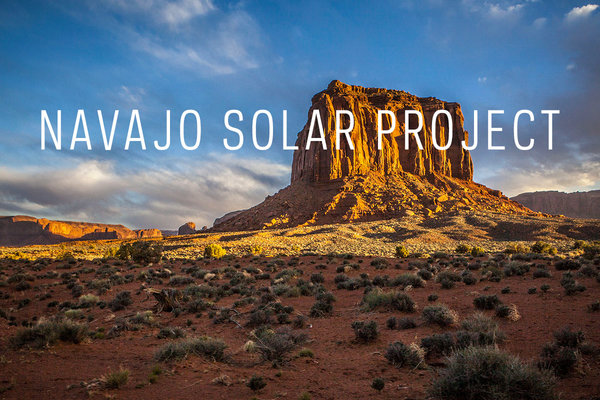Roughly 250,000 people call the “domestically dependent” sovereign Navajo Nation home. It is a place full of diverse landscapes, tradition, beauty, and history. Many inhabitants live in such remote places that simple amenities like running water, power and lights aren’t available. Miles of rugged dirt roads separate neighbors and the cost of running power and water to each home becomes fiscally impossible. Thus, over 18,000 homes are without power.
We loaded up the Goal Zero van with panels, power packs and lights and hit the road. When the opportunity came to be involved with this particular project James Atkin Goal Zero Director of Brand Marketing commented, “It was a no brainer. We have spent time in the Navajo Nation before and those who were there came back with a deep respect for the people and a realization that we need to do more. The people at Elephant Energy and The Honnold Foundation pulled together a great opportunity for us to go down and lend a hand.”
This project was part of a larger ongoing operation run by Elephant Energy, known as Eagle Energy to the Navajo. They are a non-profit dedicated to resolving the energy access issues in Africa and in the Navajo Nation. Eagle Energy and The Honnold Foundation partnered with Goal Zero, The North Face, and Clif Bar to install solar panels and lights on rural homes and to donate to an entrepreneurship program Eagle Energy has already set in motion.
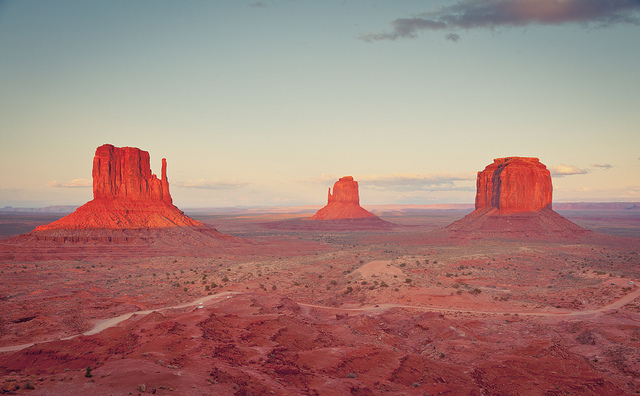
Monument Valley was once a great sandstone plain. Millions of years of wind and water carved away the different layers of sandstone and has now left behind these great monolithic monuments.
The Anasazi lived in the area before their disappearance. The Navajo people and culture emerged somewhere between 1100-1500 A.D. and eventually, as did most native tribes, had their encounter with conquistadors and the American Government. In 1864, many Navajo were taken captive and forced to walk over 300 miles east to Fort Sumner. Many died along the way. This traumatic history has now become a part of the Navajo identity.
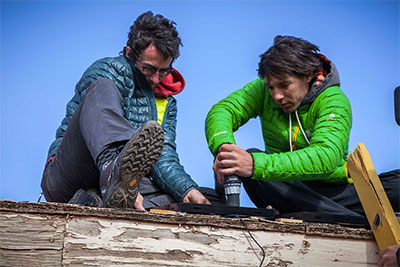
As part of the team Alex Honnold and Cedar Wright, both professional climbers, set out on a mission to bike to and climb over 30 desert towers. During a four-week period they rode hundreds of miles and climbed what ended up being more than 40 towers between Moab and Kayenta. Their plan was to end their mission, aptly titled Sufferfest 2, in the Navajo Nation to help raise awareness about the energy issues these people face.
The Honnold Foundation, a non-profit Alex started with hopes of using his climbing to positively impact on the world, made the arrangements for them to ride into Kayenta and meet up with the teams from Eagle Energy and Goal Zero to begin installing solar systems.
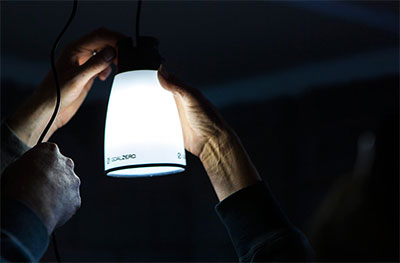
The collision of traditional living, love of the land, poverty, and modern utility has many of these people trying to find a balance. One thing many people sacrifice is a clean light source. Eagle Energy has built an entrepreneur program where those who live on the Navajo Nation can apply to become sales reps of different solar systems to help empower the people to solve this issue.
“With the addition of solar into the community, the positive effects are immediate and obvious. No more running a truck for two hours to charge a phone. No more breathing fumes from lanterns to see at night,” said David Rosner, Goal Zero Installation and Product Manager. “Productivity, education, and health immediately increase with this displacement. With distribution of product in place, this program builds economy internally by creating jobs while providing a much needed lighting and power solution. Both short term and long term programs have been implemented to help the concerns of the Navajo Nation.”

Wilbert Yazzi, now a blind amputee due to diabetes, was a bull riding champion, cowboy, sheep herder, and guide in his younger years. He and his mother Rose live in Monument Valley. “This is where I was born, where I raised horses, sheep and cows. My grandmother and grandfather raised sheep here in this valley. They got me into it. That’s why I loved it. They put me in school to learn the modern way, the white man way, so I went to school and got a job from there. I went out of the reservation to work, but my goal was to come back here and stay down here,” said Yazzi. “I wanted to do the living out there and then stay down here and retire. That was my goal. Now I am lucky I am down here. It is hard though, it really is.”
Through the years they have had generator after generator. “We have about 50 generators out in the trash dump. I buy one, it breaks down. Buy another one, it breaks down. I go through generators every year. I can’t keep up with them. I bought another one, but it broke down again. Now I borrowed one and I use it once in a while. I have wanted a solar panel. At night we come home and nobody can cook because there’s no light. I need something like that,” said Yazzi.
“My mom needs the light. She can’t do anything when it is dark because her eyes aren’t that good,” continued Yazzi. “She can’t see in the dark. That panel is good for her, I hope she likes it. I prayed this morning. I guess this is what I prayed for.”
“It is sad to see our neighbors and countrymen live in conditions we consider unfathomable. The level of poverty they are forced to live with on their own land is heartbreaking. However, the will to remain instead of assimilating into a culture they did not choose shows their true strength. The Navajo are an extraordinary people. Their kindness and fortitude are qualities to be admired. It’s sad to see the younger generation lose the culture and language,” commented Rosner.
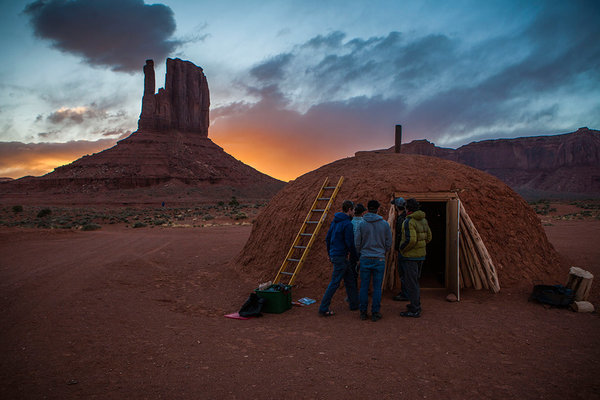
The Navajo Hogan is the predecessor to the energy efficient home. It’s a wood structure, covered in mud, kept cool in the summer by wetting the floor. These structures were once the primary residence of most, but are now primarily used for ceremonial purposes.
This particular hogan belongs to Helen Salazar. She has lived in Monument Valley her entire life and only speaks her native language. Her hogan is used in demonstrations for tourists and where she spends much of her time weaving blankets she sells to generate income. We installed a solar system so she could work into the night.
“The most rewarding part of the trip was to see Helen’s reaction when she saw the lights turn on for the first time in her Hogan,” said Jonathan Munk, Goal Zero VP of Marketing. “Then to see her sit down and begin working on the blanket was amazing. The hogan was full of people and different conversations, but when she started working it got quiet and everyone turned to watch. It felt as if we all got a chance to honor that tradition and see it for the first time.”

We are proud to have been a part of the project, we are proud to have been invited into the homes of these wonderful people, and we hope these systems will make their lives easier. Each person we came in contact with shared something beautiful and unique from their culture and their lives. To become more involved with Eagle Energy visit their site.
Update: Watch the recap of our Navajo Solar project here.
Source: Solar Life by Goal Zero
Monument Valley Photo Source: Al King
Women of Green is TURNING UP THE VOLUME of the feminine voice on the planet in order to create the world we know is possible.
